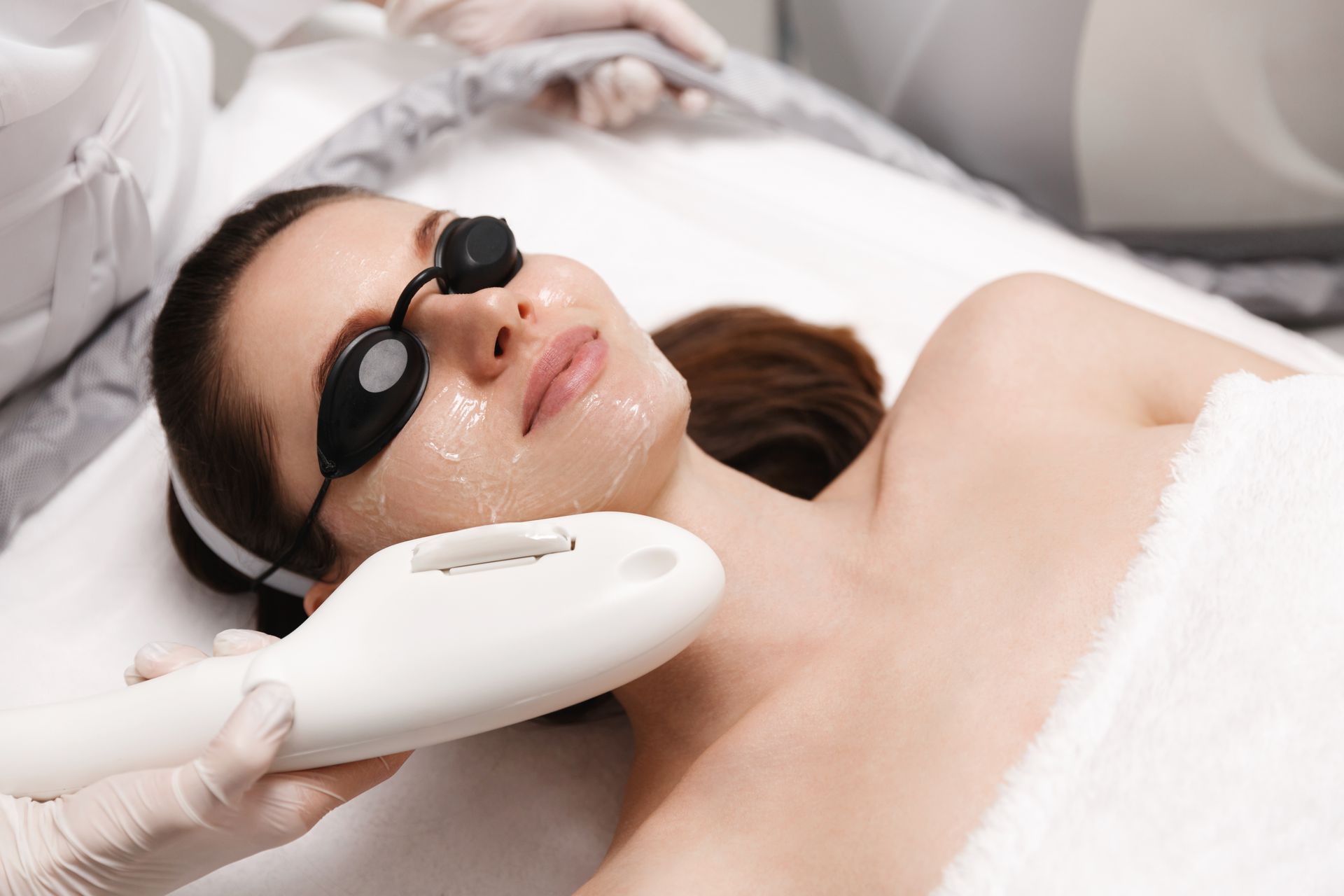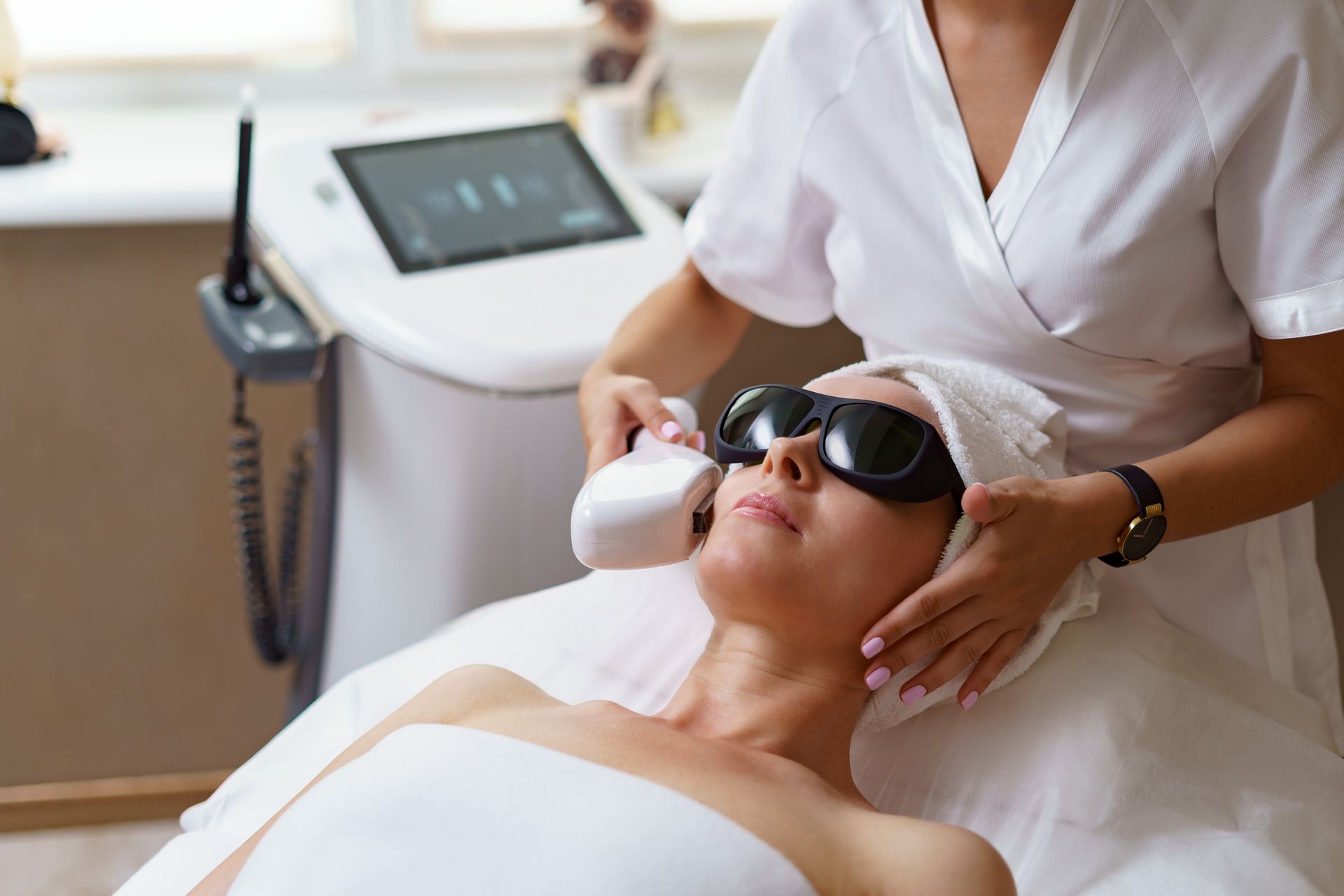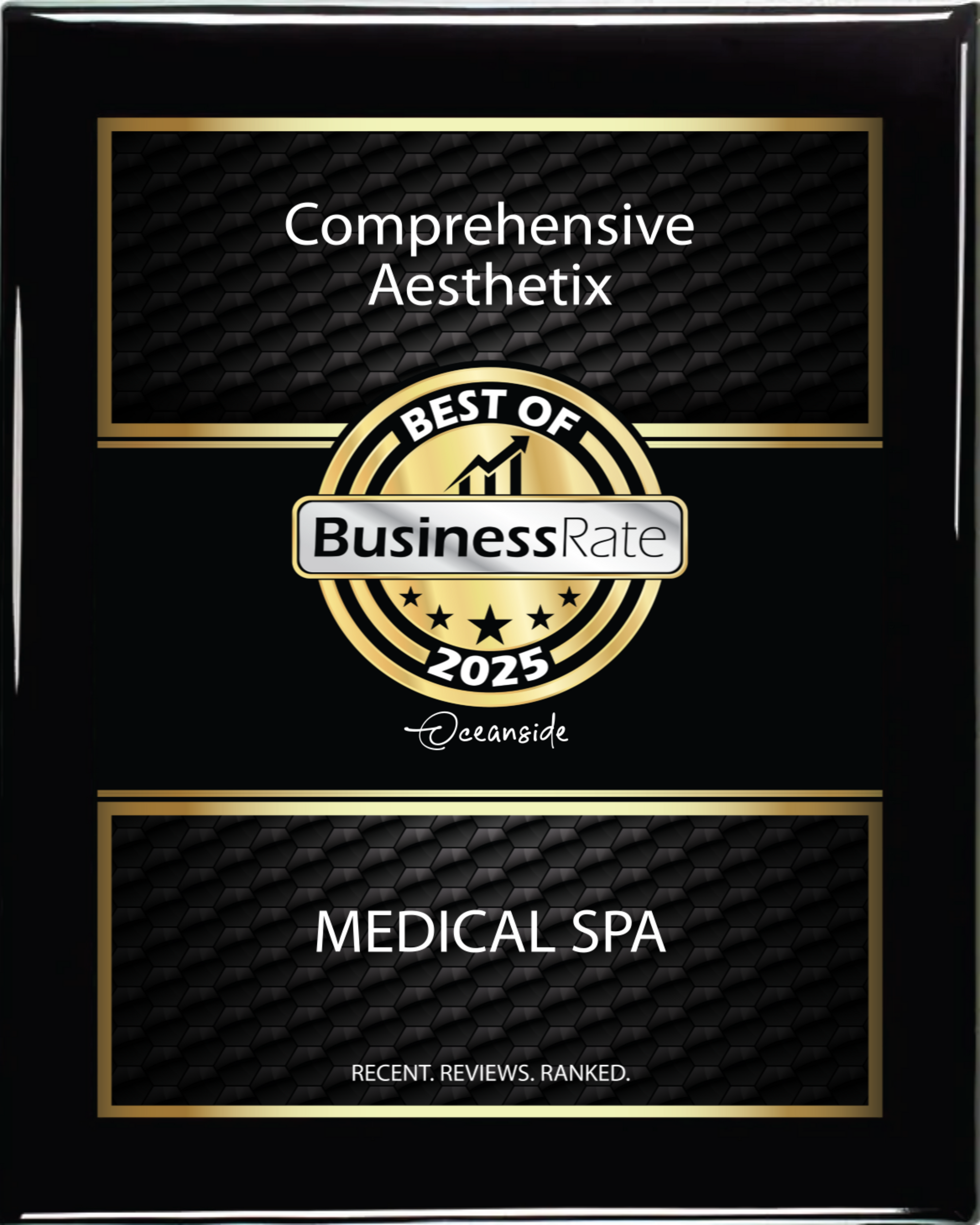IPL Photofacial
Experience skin rejuvenation with our IPL Photofacial in Oceanside. Reduce sun damage and age spots effectively today. Book your appointment now.
Find Your Way to Refreshed Skin
Our IPL Photofacial offers a non-invasive way to rejuvenate your skin by reducing sun damage, age spots, and rosacea. This treatment uses intense pulsed light to stimulate collagen production and improve skin texture.
Suitable for lighter skin tones, it's perfect for anyone seeking to enhance their skin's appearance. A series of sessions provides optimal results. Book an appointment today
to reveal youthful, glowing skin.
Frequently Asked Questions
Explore common concerns about IPL Photofacials below. If you need more details, contact us for personalized advice and support in achieving your skincare goals.
Hear What Our Clients Love About Us
Our clients consistently share their heartfelt experiences and the positive transformations they have witnessed. Dive into their stories and see the difference our service has made.



